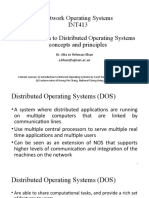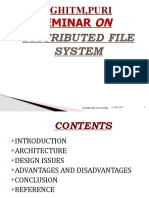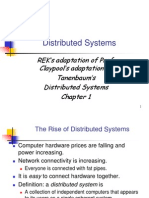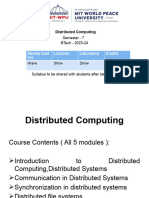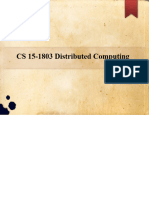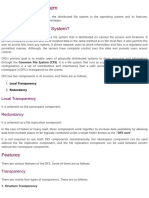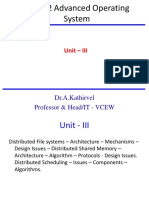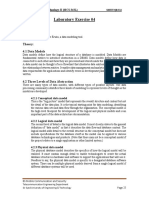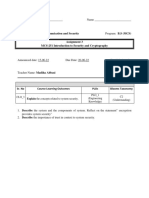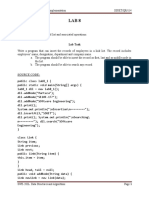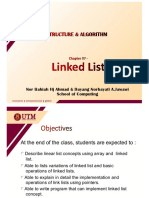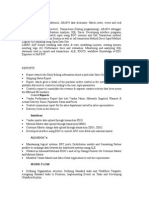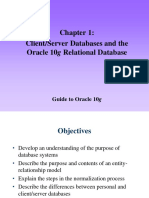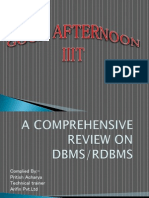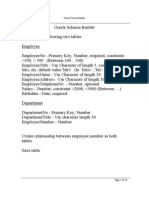0% found this document useful (0 votes)
95 views35 pagesDistributed Systems Overview
Distributed operating systems allow applications to run across multiple connected computers. They extend traditional operating systems to support higher levels of communication and integration between machines on a network. Examples include IRIX, DYNIX, AIX, Solaris, and OSF/1. Distributed file systems implement a common file system that can be shared across autonomous computers. They control how data is stored and retrieved with transparency across the network. Issues in distributed file systems include naming, caching, protection, and consistency when writing data.
Uploaded by
Huzaifa KhanCopyright
© © All Rights Reserved
We take content rights seriously. If you suspect this is your content, claim it here.
Available Formats
Download as PPTX, PDF, TXT or read online on Scribd
0% found this document useful (0 votes)
95 views35 pagesDistributed Systems Overview
Distributed operating systems allow applications to run across multiple connected computers. They extend traditional operating systems to support higher levels of communication and integration between machines on a network. Examples include IRIX, DYNIX, AIX, Solaris, and OSF/1. Distributed file systems implement a common file system that can be shared across autonomous computers. They control how data is stored and retrieved with transparency across the network. Issues in distributed file systems include naming, caching, protection, and consistency when writing data.
Uploaded by
Huzaifa KhanCopyright
© © All Rights Reserved
We take content rights seriously. If you suspect this is your content, claim it here.
Available Formats
Download as PPTX, PDF, TXT or read online on Scribd
/ 35



